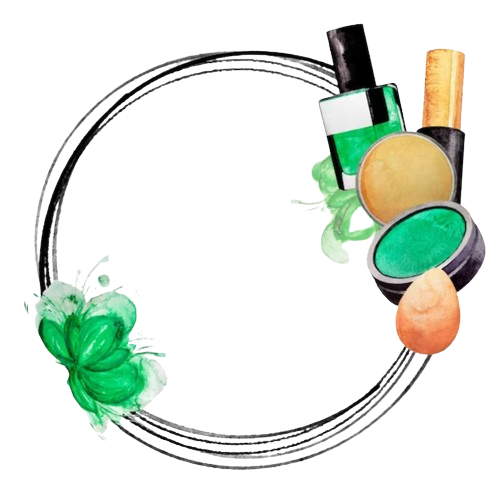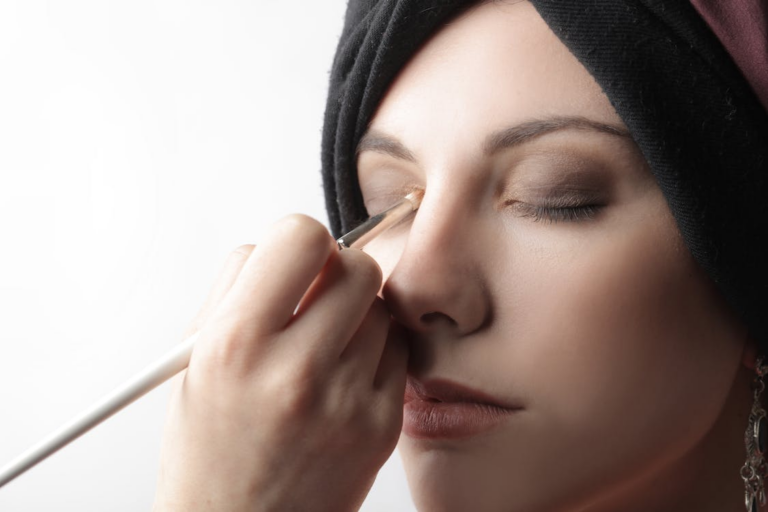Facts About Makeup You Should Know
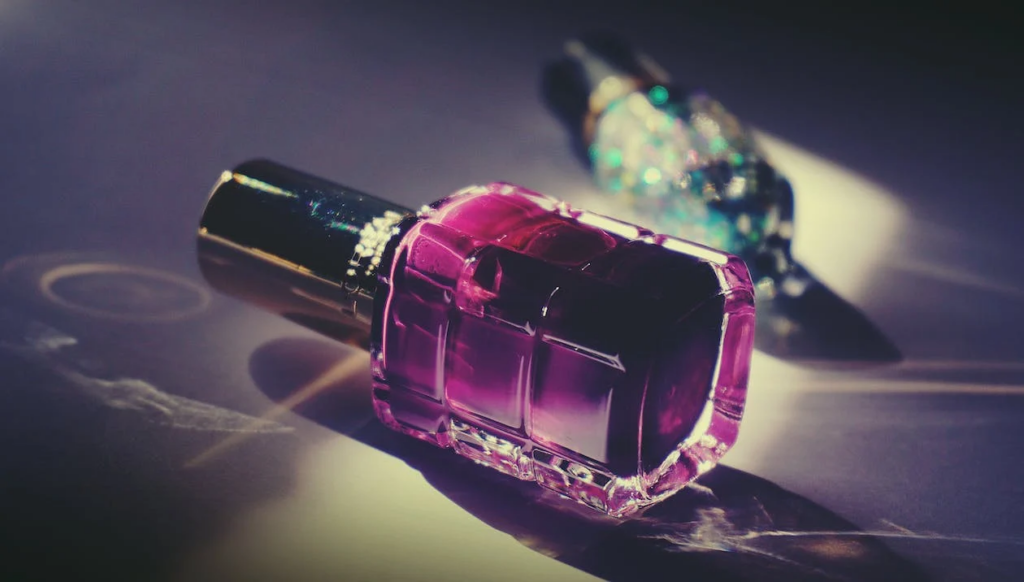
Makeup has been an integral part of human culture for centuries, allowing individuals to express their creativity, enhance their features, and boost their confidence. Whether you’re a makeup enthusiast or simply curious about the beauty industry, delving into the world of makeup fun facts can be an exciting journey. In this comprehensive article, we will uncover intriguing and surprising facts about makeup, shedding light on its history, trends, and impact on society. So, grab your brushes and join us as we explore the captivating world of makeup!
Ancient Civilizations
The use of cosmetics can be traced back to ancient civilizations such as Egypt, Mesopotamia, and China. These cultures developed various beauty rituals and used natural substances like minerals, plant extracts, and even insects to create makeup products.
Egyptian Influence
Ancient Egypt holds a significant place in the history of makeup. Egyptians used kohl to line their eyes, creating the iconic winged eyeliner look that still captivates us today. They also used vibrant pigments like red ochre and malachite to decorate their lips and cheeks.
Renaissance Beauty
During the Renaissance period, makeup took on a different meaning. Pale skin was highly valued, and women used mixtures of white lead and vinegar to achieve a fair complexion. This practice, however, posed health risks and fell out of favor over time.
Revolutionary Cosmetics
The 20th century witnessed the rise of iconic cosmetic brands and the introduction of innovative products. Companies like Maybelline, Revlon, and Estée Lauder revolutionized the beauty industry, offering a wide range of makeup options to consumers.
Lipstick Power
Did you know that during World War II, Winston Churchill declared lipstick as an essential morale booster for women? The British government categorized it as a production priority to uplift spirits during challenging times.
Mascara Origins
The origins of mascara can be traced back to ancient Egypt, where a mixture of kohl, crocodile dung, and honey was used to darken and define lashes. Thankfully, modern mascara formulations have come a long way!
The Power of Red
Red lipstick holds a special place in the world of cosmetics. It is said that wearing red lipstick can make a person appear more attractive and confident. Studies have shown that the color red enhances perceived attractiveness and can boost self-esteem.
Nail Polish Innovation
The invention of modern nail polish is attributed to Charles Revson, the founder of Revlon. In the 1930s, Revson introduced pigmented nail enamel packaged in a small glass bottle with a brush, revolutionizing the way we paint our nails.
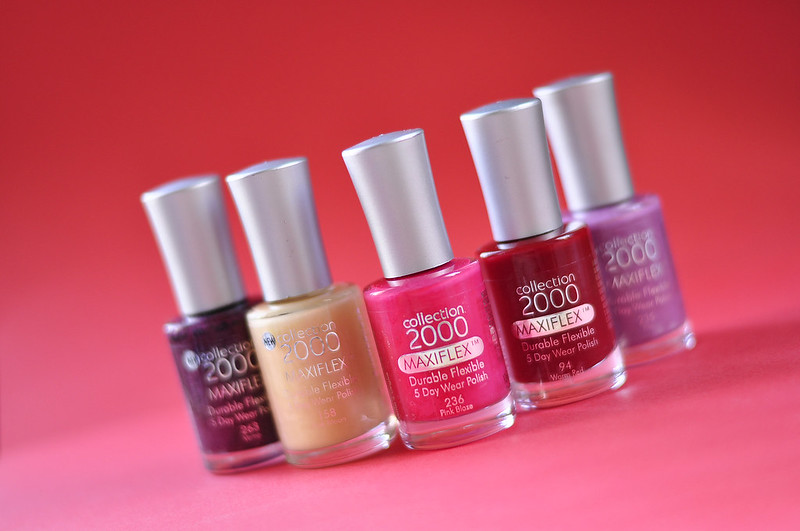
Flapper Glam
The 1920s marked the era of flappers, who embraced bold and daring makeup looks. Dark, smokey eyes, bee-stung lips, and heavily powdered faces were the epitome of glamorous rebellion during this time.
Classic Hollywood
The golden age of Hollywood in the 1940s and 1950s introduced iconic beauty icons like Marilyn Monroe and Audrey Hepburn. These stars popularized timeless makeup looks, including winged eyeliner, red lips, and perfectly groomed brows.
The Mod Movement
The swinging sixties gave birth to the mod movement, characterized by Twiggy-inspired doll-like eyes, pastel shades, and graphic eyeliner. This era embraced vibrant colors and bold geometric shapes, breaking away from the traditional beauty norms.
Color Theory
Color theory plays a crucial role in makeup application. Understanding complementary colors helps create harmony and balance in a makeup look. For example, using a peach-toned concealer can neutralize the blue undertones of under-eye circles.
The Chemistry of Lipstick
Lipstick formulations are a result of intricate chemistry. Ingredients like pigments, emollients, and waxes work together to create a range of shades, textures, and finishes. The melting point of waxes determines the lipstick’s durability and how it glides on the lips.
Sun Protection
Many makeup products now incorporate sun protection factors (SPF) to shield the skin from harmful UV rays. Foundations, BB creams, and tinted moisturizers often contain SPF, offering an added layer of protection in your daily routine.
Sustainable Beauty
With increased awareness of environmental impacts, many makeup brands are embracing sustainable practices. From eco-friendly packaging to cruelty-free formulations and ingredient sourcing, sustainability has become a crucial factor in consumer purchasing decisions.
Gender Expression
Makeup has transcended traditional gender norms, empowering individuals of all genders to explore and express themselves. The rise of gender-neutral and inclusive makeup brands reflects the growing recognition that beauty is diverse and personal.
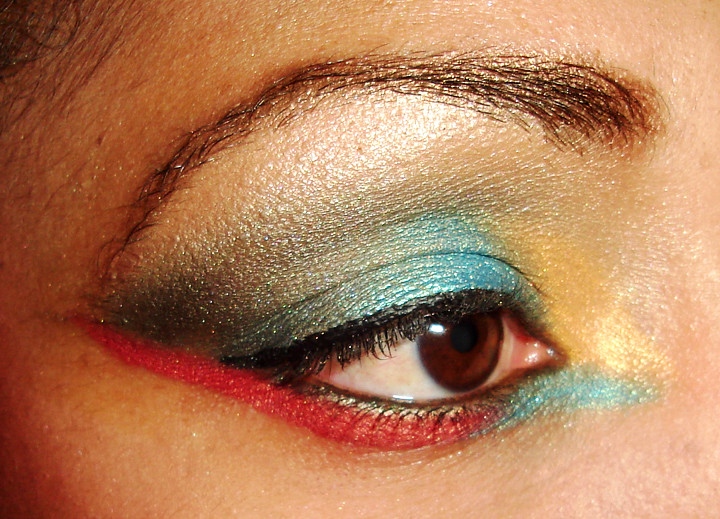
Global Market
The global makeup industry has experienced remarkable growth in recent years, with an estimated market value of billions of dollars. The demand for cosmetics continues to rise, fueled by evolving beauty standards, social media influence, and the growing popularity of beauty influencers.
Conclusion
Makeup is more than just a way to enhance beauty; it is a form of self-expression and creativity. Through its historical significance, fascinating facts, and evolving trends, makeup has become an integral part of our lives. Whether you’re a makeup enthusiast or a curious observer, these fun facts provide a glimpse into the enchanting world of cosmetics.
Frequently Asked Questions (FAQs)
Can makeup expire?
Yes, makeup products have a shelf life and can expire over time. It’s important to check the product packaging for the recommended expiration dates and replace them accordingly. Using expired makeup can lead to skin irritation and reduced efficacy.
Is wearing makeup every day bad for the skin?
Wearing makeup every day is not inherently bad for the skin. However, it’s crucial to follow a proper skincare routine, including thorough cleansing and moisturizing, to keep the skin healthy. Choosing non-comedogenic (non-pore-clogging) and dermatologist-tested makeup products can also minimize potential skin issues.
What is the best way to remove makeup?
The best way to remove makeup is by using a gentle makeup remover or cleansing oil specifically designed for the face. Apply the remover to a cotton pad or cloth and gently wipe away the makeup, ensuring to cleanse the skin thoroughly. Follow up with a suitable cleanser and moisturizer for a complete skincare routine.
Are cruelty-free makeup products widely available?
Yes, cruelty-free makeup products are becoming increasingly popular and widely available. Many brands now offer cruelty-free options, meaning they do not test their products on animals. Look for certification symbols like the Leaping Bunny logo to identify cruelty-free brands.
What is the significance of makeup in different cultures?
Makeup holds cultural significance in various societies. It can symbolize tradition, spirituality, social status, or rites of passage. From the intricate face paintings of indigenous tribes to the elaborate henna designs in South Asia, makeup plays a multifaceted role in cultural expression and rituals.
